Q&A Blog | World Beaver Day
Richard Brazier
Check out this World Beaver Day Q&A blog with Dr. Richard Brazier, a professor, director at the Centre for Resilience in Environment, Water and Waste (CREWW), and researcher with a focus on understanding the environmental effects of landscape restoration, soil erosion and more!
Q&A Blog
Published April 7, 2022
All images provided courtesy of Richard Brazier.
Take a look at Dr. Brazier’s homepage to learn more about his research and work!
From studying beavers in Cornwall, your research shows how beavers stop flooding and filter polluted water that saves farmlands and houses from further destruction. What do you find so exceptional about these structures?
Beaver dams are unique; each one being a different height, length, width and built from different materials, so they each deliver different water storage, flood attenuation and filtration of water that flows through, over and around them. As such, I think the most exceptional aspect of beaver dams is their variability, through space and time – as beaver dams are rebuilt, fixed-up and repaired every night by these very industrious animals.
Although beavers have been studied extensively over the past several decades, do you believe the general public still has misconceptions about these species?
At least in the UK, where beavers have been absent for probably 600 years, the general public have very little contact with these animals, so it is not surprising that even the most basic background knowledge of these animals was pretty well non-existent until the last decade or so. As the research continues and is picked up by lots of audiences, different media etc… the understanding of what these animals are, what they do and why they are so integral to healthy freshwaters is becoming more widely known and understood, which has been great to be a part of over the last decade or so.
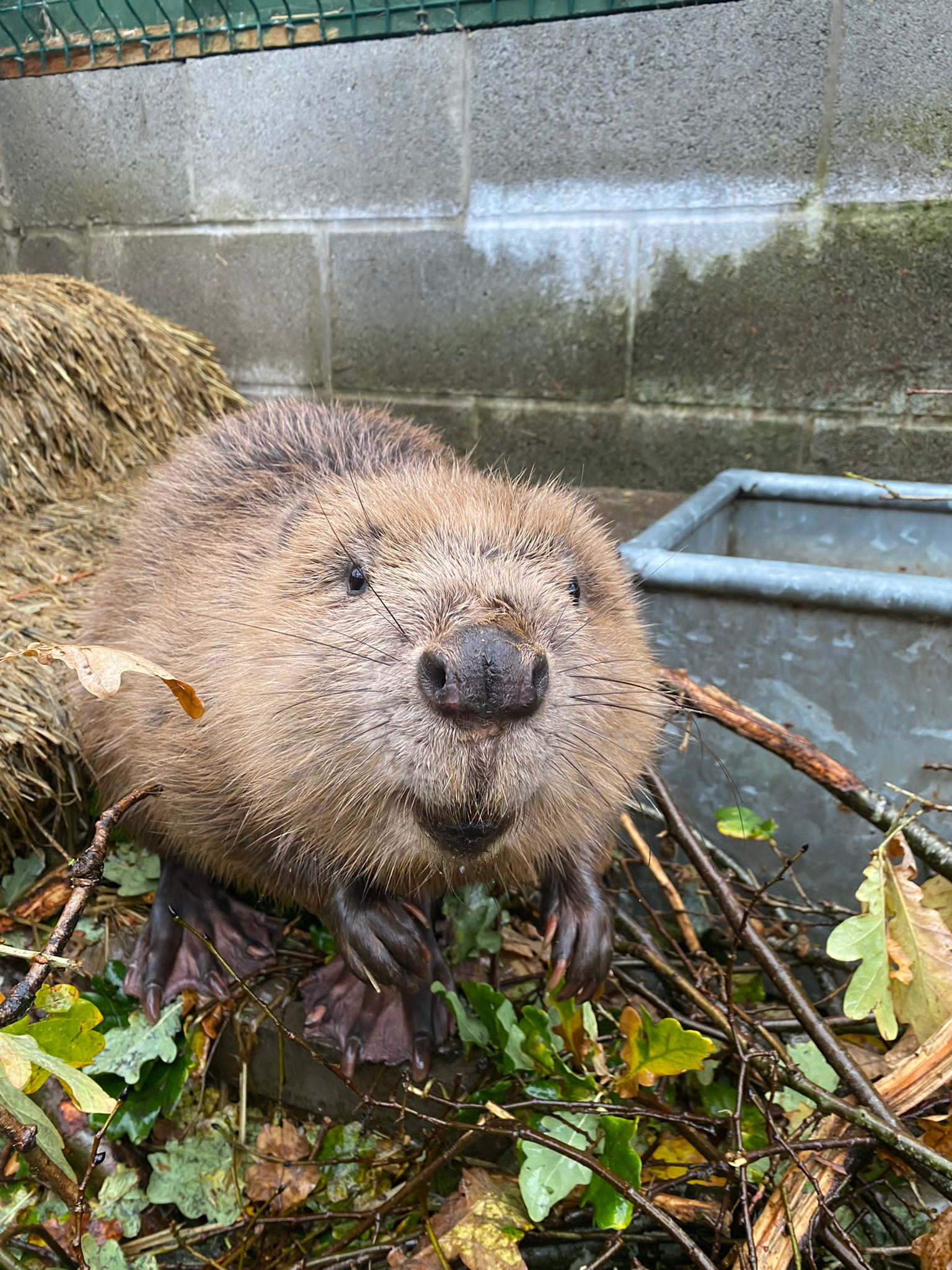
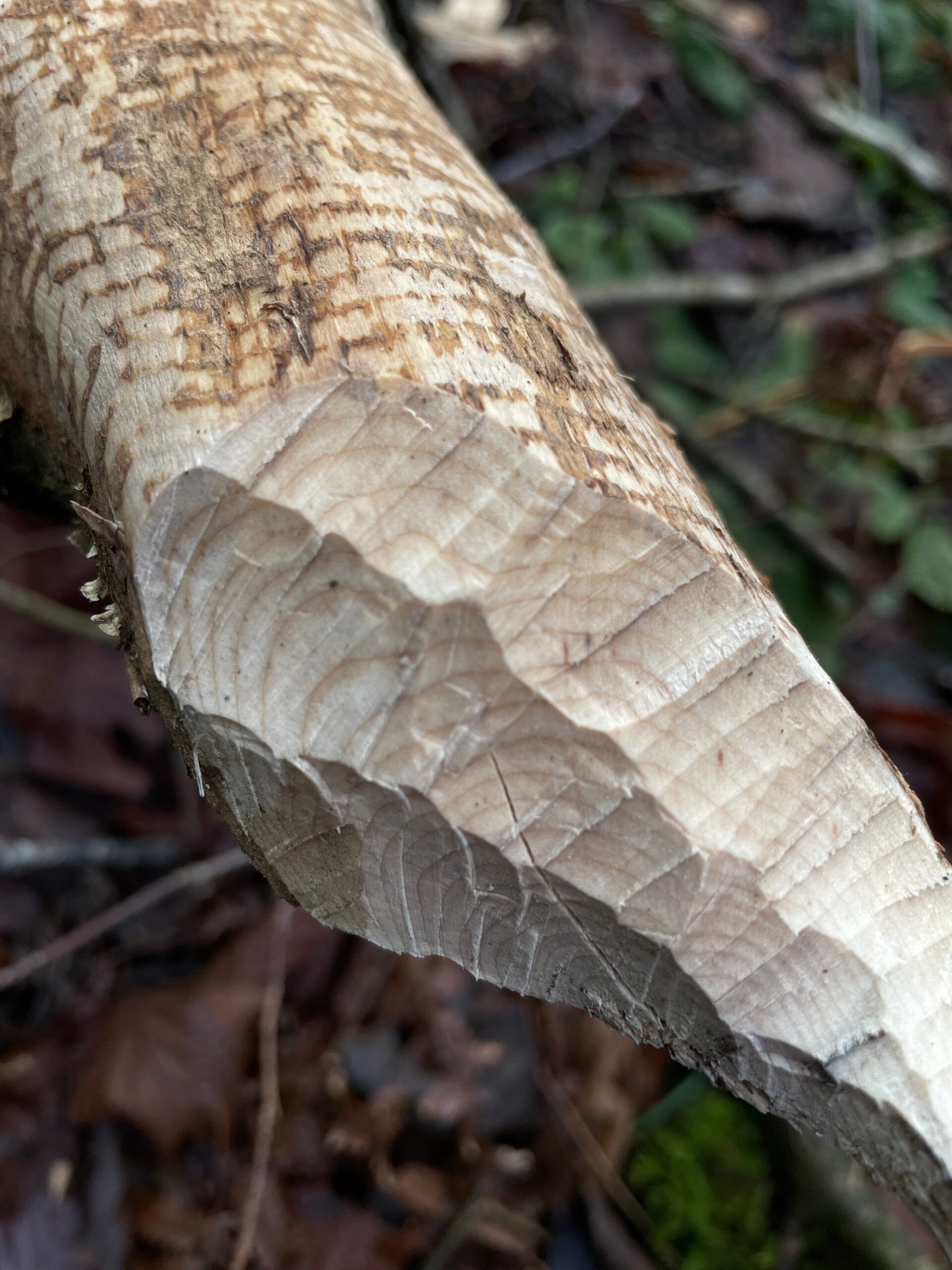
Left: Beaver kit before release. Right: Beaver-gnawed Willow up close.
Beaver dams are a major asset to mitigate soil loss and also trap pollutants. Therefore, if these dams are removed from an ecosystem, how badly will the ecosystem be impacted?
Of course if humans intervene and remove beaver dams, and the runoff, soil erosion and diffuse pollution from agricultural land continues, then there will continue to be flooding, water pollution and degradation of our streams and rivers. The ecosystems that are recovering from the environmental degradation that we have caused, would return back to the trajectory that they were on before beaver dams were built. We know that this is not a good thing. Far better to manage the water levels behind beaver dams (with flow devices, pipes or beaver deceivers) so that water levels are never higher than is tolerable and the dams can continue to deliver the multiple ecosystem services that we know that they can provide.
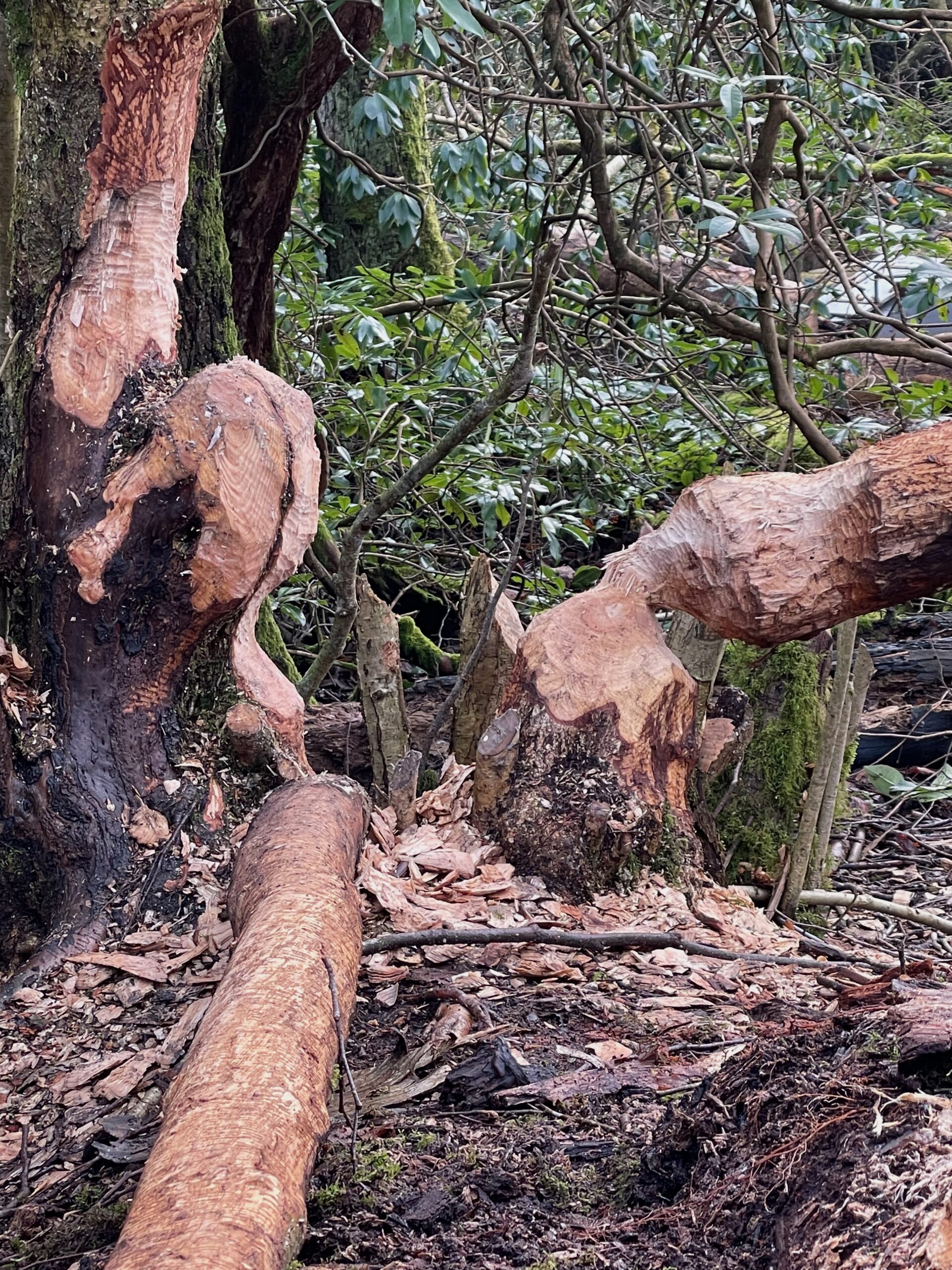
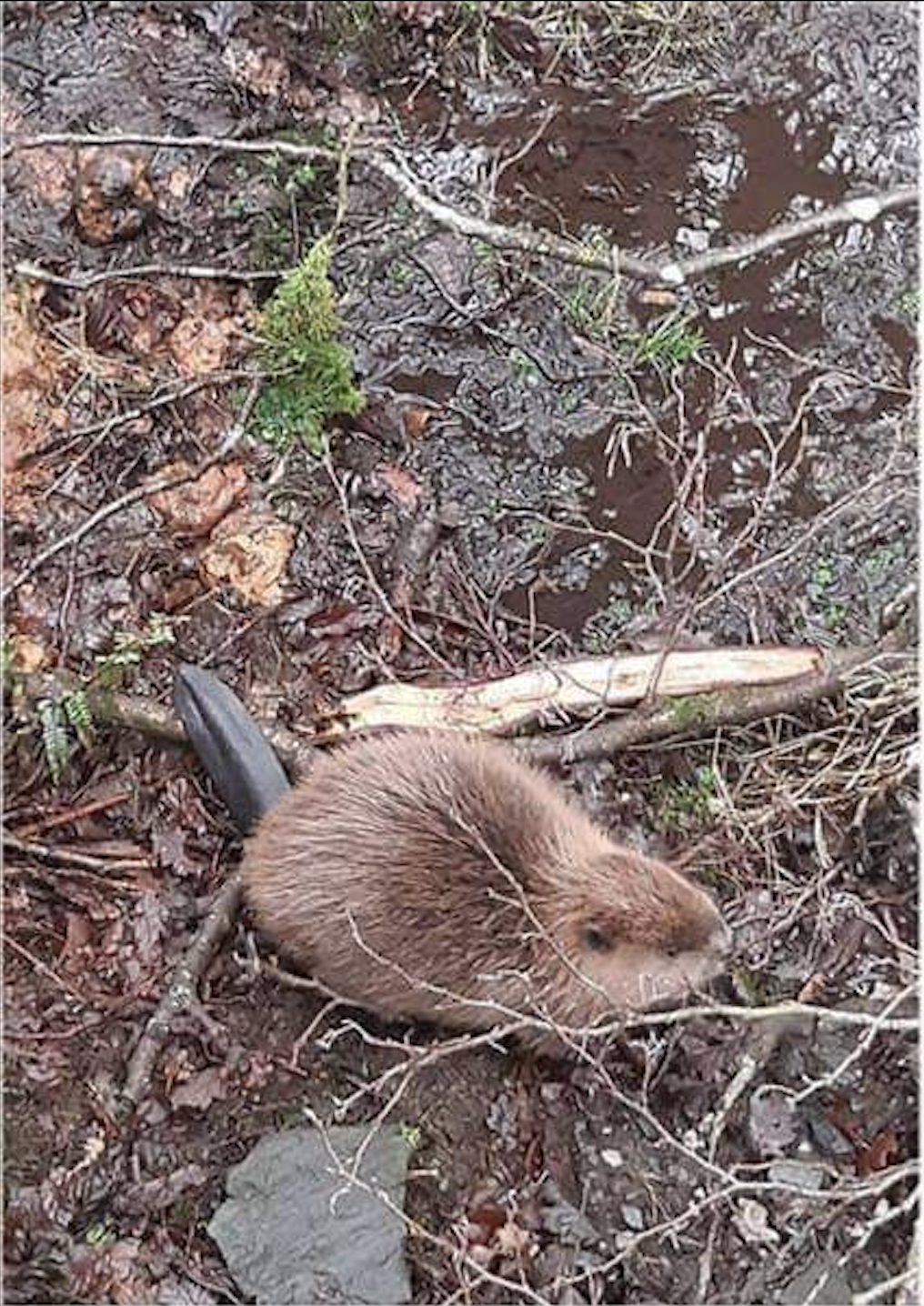
Left: Beaver sculpted Willow trees. Right: Beaver kit in the wild.
As an avid researcher, do you think beavers are an endangered species? What actions should be taken in order to protect these beavers?
Globally beavers are no longer an endangered species, thanks to the improvement in habitat in mainland Europe and North America and conservation of this species, following recognition of the value that it has for all other species. More locally – at least in the UK – we hunted this animal to extinction and so we have a duty to reintroduce the beaver to try and push back the extinction problem that we have caused over the past centuries. There are many actions that we could take – widespread support at both National Govt. as well as ground-level to reintroduce this animal in all of the river basins across the UK. Additional financial support to manage any negative impacts (for example on farmland) and to optimise the range of benefits that beavers can bring back to our landscapes.
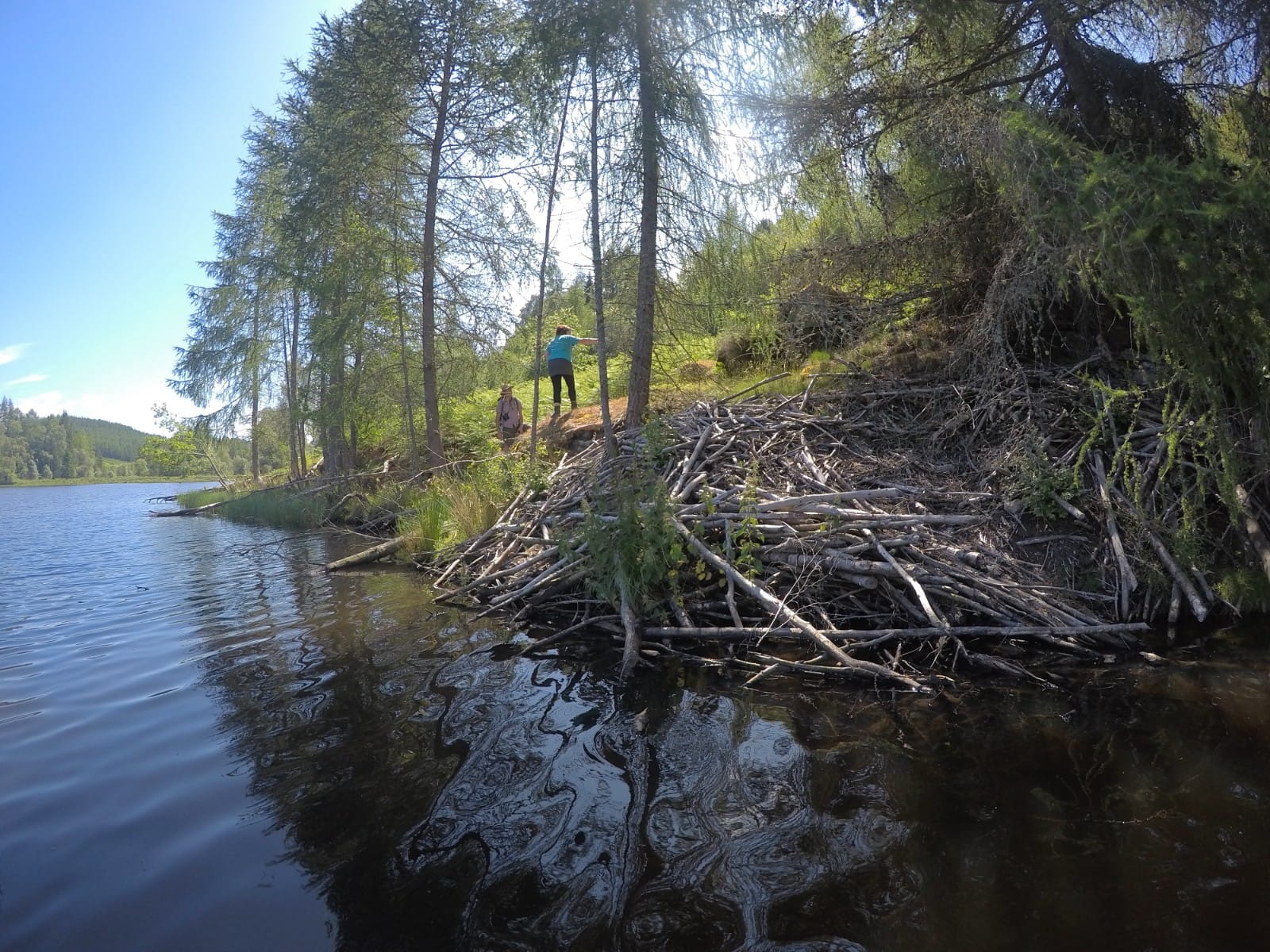
Finding a beaver lodge in Scotland.
What advice would you give the youth who want to follow a similar path as you? What sources do you recommend for young students?
I would read as widely as you can (check out the open-access papers off my Google Scholar page for example, or the popular science reports that we have published such as: https://www.exeter.ac.uk/research/creww/research/beavertrial/), volunteer or work for your local wildlife trust and do some beaver-facing conservation to improve habitats for when they come back by planting willow in riparian zones. I would encourage landowners/farmers to pull back from farming right up to the waters edge – encourage them to make space for water, let rivers renaturalise and move across floodplains and also therefore make space for wildlife. I would write to your MP’s and tell them to support the opening-up of riparian river corridors to store more water and protect more wildlife and I would campaign hard for public access to all of these places, so that generations to come can enjoy the landscapes that beavers create and that deliver such a lot to society – especially when they are open to all to see.
